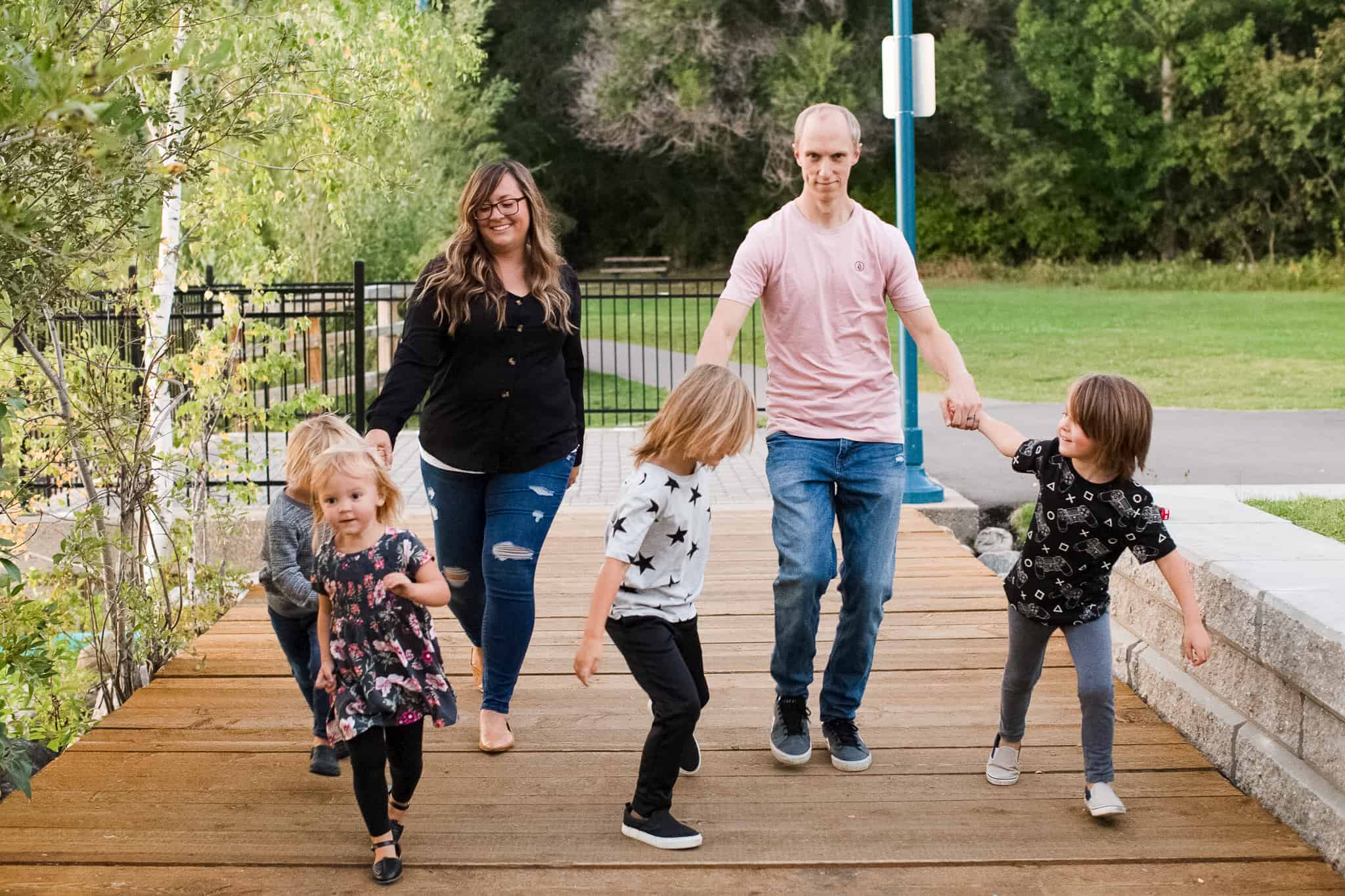Sending kids to school during COVID-19
Parents must choose how they want their children educated
Families were faced with the difficult decision of what school would look like for their children during the pandemic, and many parents sent their children back to school.
Rachael Robertson, who lives in Alberta Ave, says, “It has been a little nerve-wracking sending my kids to school during COVID-19, mainly because of the logistics surrounding it. There are extra things for me to remember, like having to constantly be washing their masks, packing separate snacks, and when I ask my children about how school went, I really need to try hard to be positive about the changes.”
Robertson says her children are finding it challenging as well. “One day early on in the year, my son came home in tears saying school was so lonely.” Her children attend John A McDougall School, which requires students to wear masks all day long. “He never sees the smile of anyone in his class, as the only time [masks] can come off is when they are eating. Eating also presents another challenge. Sometimes my kids need help opening their lunch kits or some food items, but their lunch supervisors are not allowed to help. On a whole, we are happy to have the children getting some interaction daily, but are a little sad by the measures we have to follow.”
Robertson and her husband sent their children to school because online schooling didn’t work last term and neither of them work remotely.
“My son in Grade 2 has high anxiety and he would not participate virtually. It was a daily struggle getting him to be on the computer. I do not feel confident in being responsible for my children’s education.”
Their routine has changed only slightly from before. “We are following the same routine, however hand washing masks after school is getting tiresome! Occasionally the boys would go to friends’ houses after school, but that is not happening anymore.”
Roberton is confident they made the best choice and their children will attend school the next quarter as well. “Even though they are isolated within a social setting, my children’s behaviour in school versus the last term out of school is like night and day. Their mental health obviously needs the social aspect in their lives.”
Kirsten Scott also decided to opt for in-class instruction for her two children.
“It has been a different challenge than I expected,” Scott explains. Her youngest child is doing well so far because of the small class size. “So far we have only experienced two times since September that she was sent home.” The first time was due to a rash on her hands that was caused by the hand sanitizer. The second time was due to a sore throat from running during recess with her mask on.
“The symptom cleared up within minutes of her drinking water and resting, but the school insisted on a COVID test. I felt it was totally inappropriate and a drain on resources. However, the school was adamant and her father with whom I share custody also requested that the test be done, so she took the test and it was negative.”
Her eldest daughter is unable to attend in-person math and science classes, but she is hopeful that problem will be solved next semester.
Scott chose in-class learning because her eldest daughter insisted and she felt her daughter would be able to physically distance, wear a mask, and sanitize well enough to be safe.
“With my youngest it was different. Her father and I had seen how well she was doing with distance learning [during the last school year] and had discussed her staying home. He changed his mind in August and yet I felt we should keep her home until the first semester was over to see how the schools were managing outbreaks and such.” They couldn’t come to an agreement and the school defaulted to in-person attendance.
The family has a relatively normal morning routine.
“We do a check-in first thing about how we feel and if there is anything new or changed about our throats, noses, and lungs, then we mask up and head to school and work! Once home, there is more attention to hand washing before anything else occurs, but then it’s chores and play time,” says Scott, who plans to continue sending her daughters to school.
There is no perfect situation and ultimately the choice of sending children to school is a personal one.
Featured Image: Rachael (left), her husband (right), decided to send their children to attend school in person this year. | Supplied







